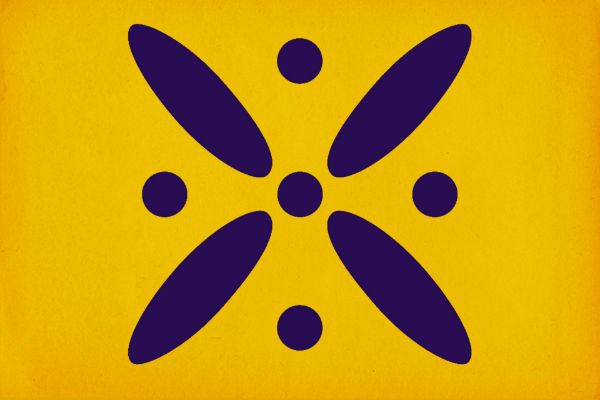According to the Shahnameh (The Book of the Kings), the Derafsh'e Kaviyani (Kaveh's flag) is the oldest flag of the Iranians, which Kaveh the blacksmith raised as his flag in the revolt against Zahhak.
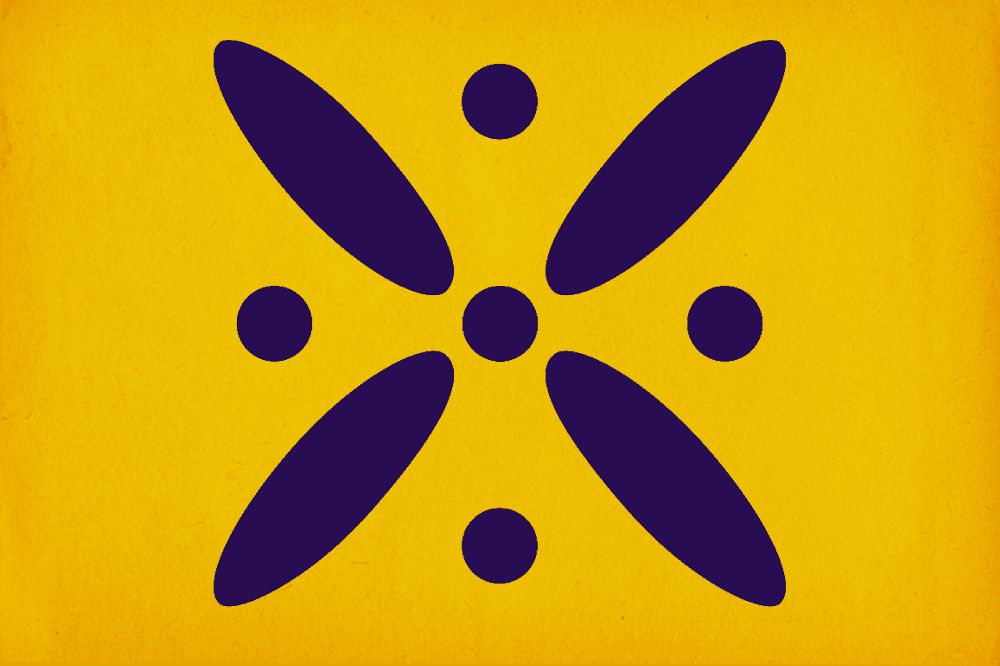
Zahhak was a tyrannical ruler who became king after the Far )divine glory( of King Jamshid faded, and Zahhak ruled over Iran for a thousand years. After rebelling against Zahhak, Kaveh raised a flag against him, and as Ferdowsi mentioned in the Shahnameh:
From the leather of the oxherds' backs,
They cover themselves when wounded by the blow.
Kaveh himself set it upon a spear,
And immediately a dust rose from the marketplace.
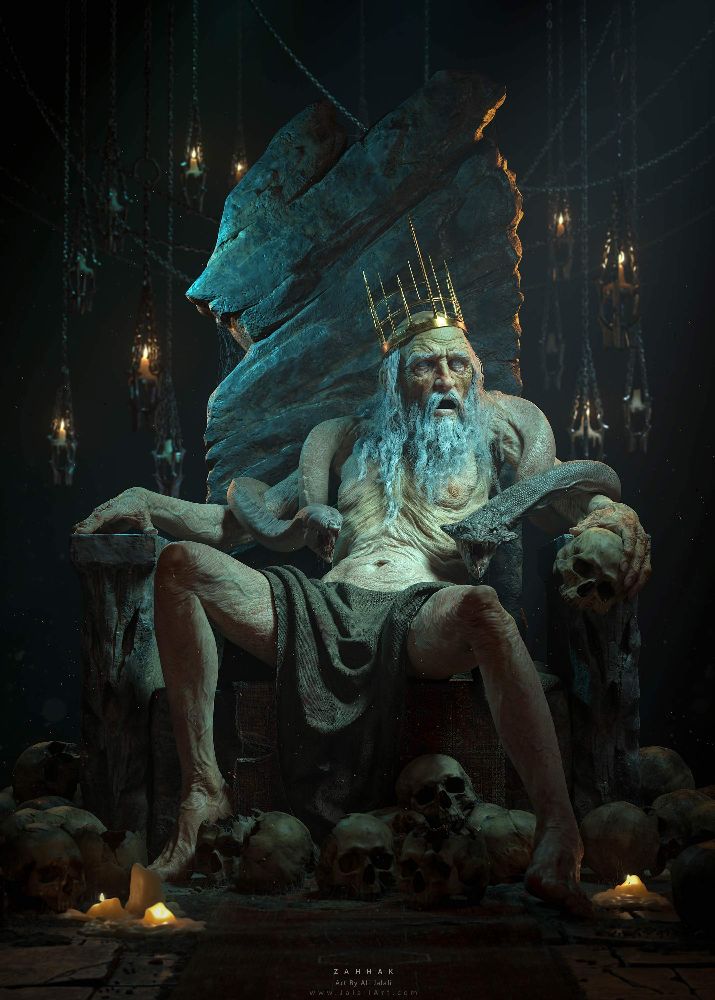
Zahhak by Ali Jalali
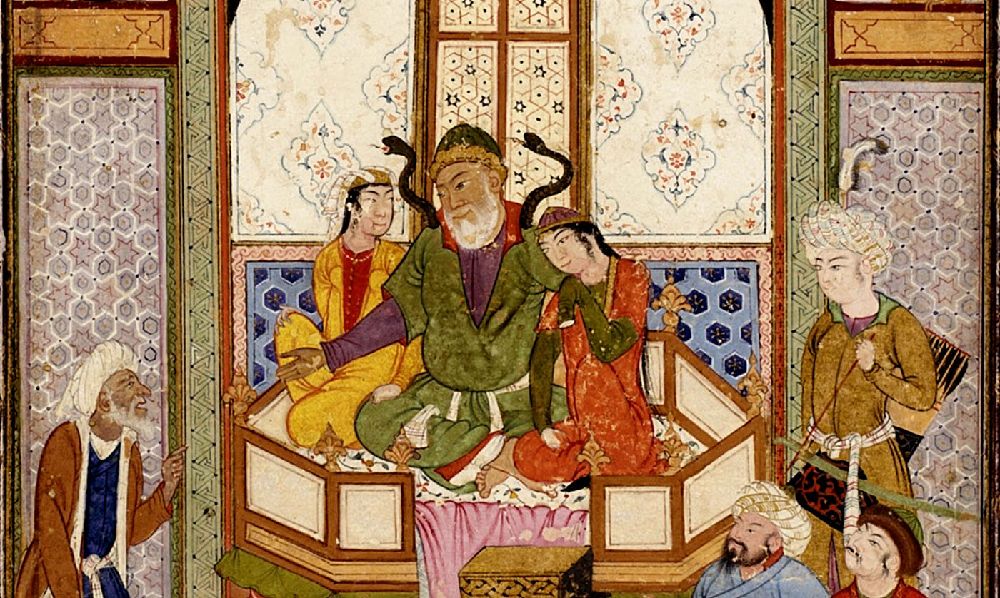
Zahhak, a manuscript of Shahnameh
Thus, this flag became an emble of the people's uprising against the tyrant. This banner was also the flag of the Sassanid Kingdom and Sassanid kings sought blessings from it during battles. It was adorned with jewels and gold, and according to Ibn Khaldun, "a talisman with numbers and astrological signs was sewn onto the banner," likely to bring power and good fortune. After the Battle of Qadisiyyah, between the Arabs and the Sasanians, this banner fell into the hands of the Arabs.
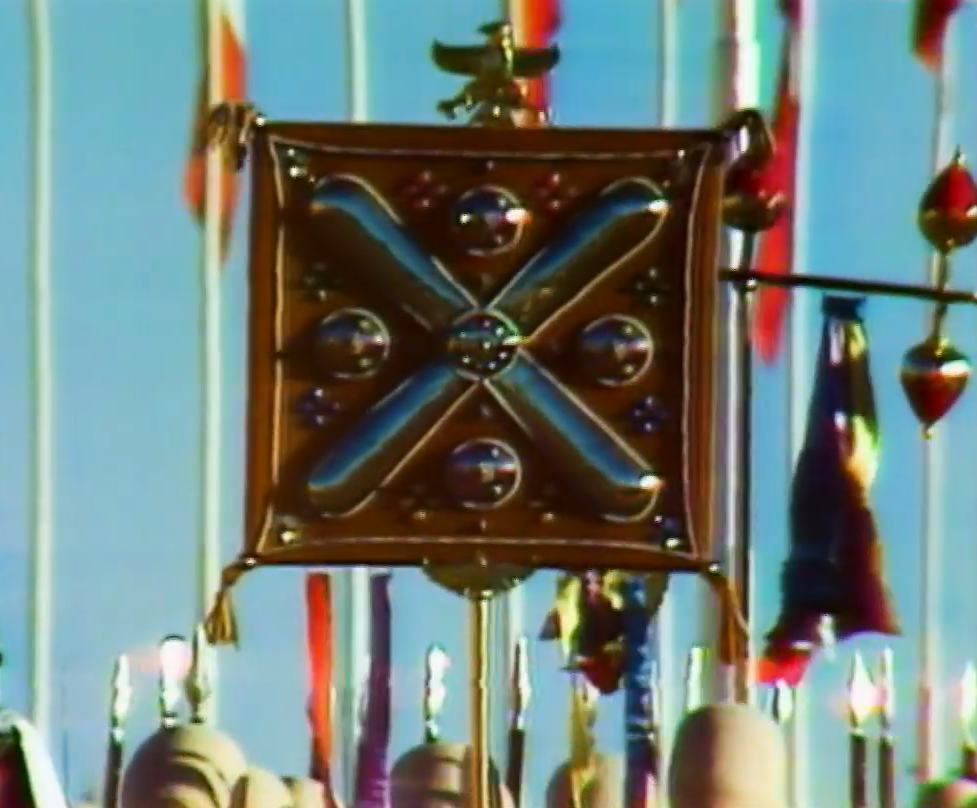 Reconstructed Derafsh-e Kaviani in 2,500-year celebration of the Persian Empire
Reconstructed Derafsh-e Kaviani in 2,500-year celebration of the Persian Empire
Ferdowsi, described this banner as red, yellow, and purple. Purple is created by mixing red and blue, linking the red of fire to the blue of the sky, representing the balance between the sky and the earth (the balance between the material state and the divine state), or the "Malakut state." (The middle state).
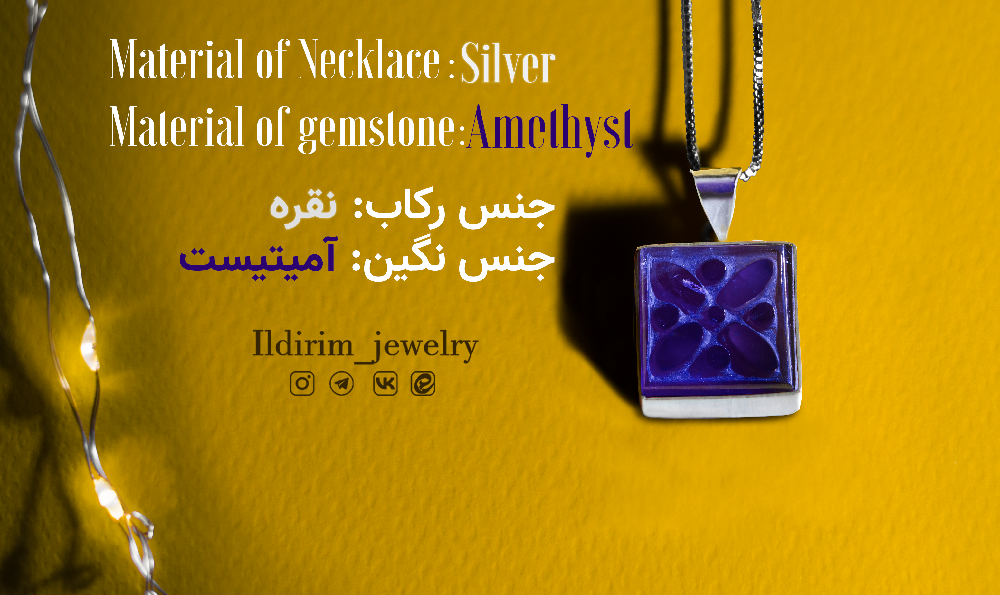 Derafsh'e Kaviyani Amethyst necklace in Ildirimjewelry store:
Derafsh'e Kaviyani Amethyst necklace in Ildirimjewelry store:
https://www.ildirimjewelry.com/derafshe-kaviyani-necklace
However, the emble and pattern of Kaveh's flag can be found in many ancient civilizations and eras before the Sassanid period, including in ancient Mesopotamia. The symbol of Kaveh's banner (a circle in the center with four ovals at its corners) is a very important and ancient symbol. One of the meanings of the circle at the center of this symbol represents the vital center of a being, and this center can have significance in different existential states. For example, the circle can symbolize the pole or center, and the four ovals around it can represent the four main geographical directions (North, South, East, and West), and the four surrounding circles can represent the four secondary geographical directions (Northwest, Northeast, Southeast, Southwest). It is also important to note that in the traditional world, the number “four” holds great significance and importance (the four elements, the four directions, etc.), and together with the central circle, it forms a set of five. In this case, the central circle symbolizes the principle and center. In the physical state and among the four main elements, the center circle is the element of Aether which known as the fifth element.
By Ildirimjewelry


